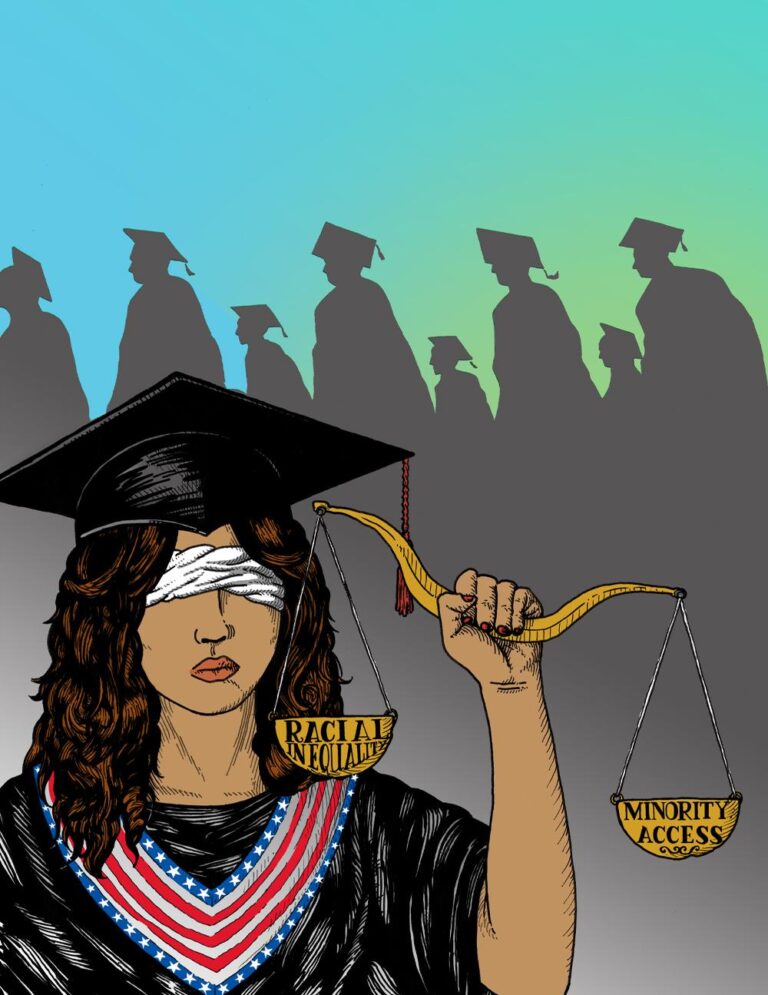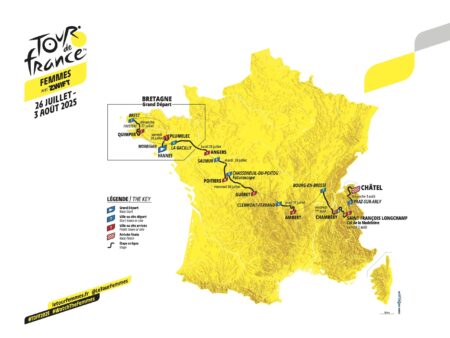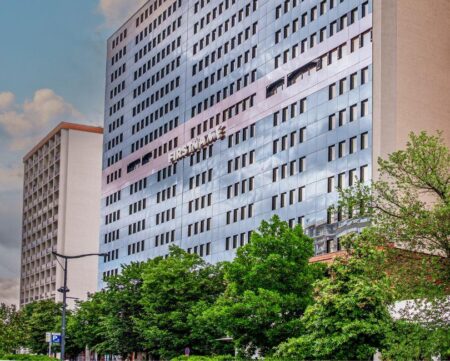Unequal access to higher education remains one of the most pressing challenges in today’s global society, perpetuating cycles of poverty and social stratification. According to the latest findings from the World Inequality Database (WID), stark disparities persist not only between countries but also within them, as socio-economic status, gender, and geographic location continue to shape educational opportunities. This article delves into the data collected by WID to unveil the multifaceted nature of educational inequality and its far-reaching implications for economic mobility and social justice worldwide.
Unequal Access to Higher Education Exposed by World Inequality Database
Data from the World Inequality Database paint a stark picture of educational disparities worldwide. While global enrollment rates in higher education have grown over the last decade, access remains heavily skewed by socioeconomic status, geographic location, and gender. More affluent populations in urban centers enjoy significantly higher admission rates into prestigious universities, while marginalized and rural communities grapple with systemic barriers that limit their opportunities.
- Income inequality: Top 10% income earners are over 3 times more likely to attend higher education than the bottom 50%.
- Geographic divide: Enrollment rates in rural regions lag by up to 40% compared to metropolitan areas.
- Gender gaps persist: Women from low-income households remain underrepresented, especially in STEM fields.
| Region | Higher Ed Enrollment (%) | Urban vs Rural Gap (%) |
|---|---|---|
| North America | 68 | 12 |
| Sub-Saharan Africa | 15 | 45 |
| South Asia | 32 | 38 |
| Europe | 54 | 10 |
Addressing the educational divide requires targeted policies aimed at increasing affordability, expanding infrastructure, and fostering inclusive support systems. As inequalities in access to knowledge perpetuate broader social stratification, experts warn that without urgent intervention, entrenched educational disparities will continue to fuel economic and social divides well into the future.
Disparities in Enrollment and Completion Rates Across Socioeconomic Groups
Access to higher education remains markedly uneven, with socioeconomic status playing a pivotal role in determining both enrollment and completion rates. Students from low-income families often face barriers such as limited financial resources, inadequate preparatory education, and lack of institutional support. This gap manifests not only in initial university entry but continues throughout academic careers, resulting in a significantly lower graduation rate compared to their wealthier peers. Data reveals that while approximately 78% of students from affluent backgrounds enroll in higher education, only about 45% of those from economically disadvantaged groups do so.
Completion disparities are equally stark. Factors including the need to balance work and study, limited access to academic advising, and social isolation contribute to higher dropout rates among students from marginalized socioeconomic strata. The table below illustrates hypothetical enrollment and completion rates, highlighting the uneven trajectory faced by these groups:
| Socioeconomic Group | Enrollment Rate (%) | Completion Rate (%) |
|---|---|---|
| High Income | 78 | 72 |
| Middle Income | 60 | 54 |
| Low Income | 45 | 32 |
- Financial aid programs often fail to fully bridge this gap due to insufficient coverage.
- Institutional policies remain critical in providing targeted support services.
- Early intervention and outreach can improve enrollment but require sustained efforts.
Impact of Financial Barriers and Policy Gaps on Academic Opportunities
Financial barriers remain one of the most formidable obstacles to equal access in higher education. Students from low-income backgrounds often face the harsh reality of choosing between costly tuition fees and their academic aspirations. Without adequate scholarships, grants, or affordable loan options, many talented individuals find themselves unable to enroll in universities or forced to drop out prematurely. This economic gatekeeping not only stifles personal advancement but also perpetuates systemic inequality, disproportionately affecting marginalized communities and widening societal divides.
On the policy front, gaps and inconsistencies in education funding and support mechanisms exacerbate these challenges. Inadequate investment in public universities, lack of unified financial aid frameworks, and minimal attention to non-tuition costs — such as housing, textbooks, and transportation — further constrain students’ ability to succeed. As illustrated below, the disparity in funding allocation among various socioeconomic groups highlights the urgent need for comprehensive reforms:
| Income Group | Average Annual Education Cost | Available Financial Aid (%) | Dropout Rate (%) |
|---|---|---|---|
| Low Income | $8,000 | 35% | 28% |
| Middle Income | $15,000 | 50% | 15% |
| High Income | $25,000 | 70% | 5% |
- Unequal distribution of financial resources limits the scope for marginalized students to engage fully in academic programs.
- Policy gaps often fail to address hidden costs, making higher education less accessible than official tuition rates suggest.
- Insufficient outreach and support services leave at-risk students vulnerable to academic underperformance and eventual dropout.
Targeted Solutions to Bridge the Higher Education Divide Globally
Efforts to narrow the global gap in higher education access require solutions that address systemic barriers and enhance opportunities for underserved populations. Many regions struggle with limited infrastructure, high costs, and social inequalities that prevent young adults from pursuing tertiary education. To counter these challenges, targeted initiatives such as scholarship programs, digital learning platforms, and partnerships between governments and the private sector have proven effective. These measures not only expand access but also improve the quality and relevance of education, aligning it with local economic and social needs.
Implementing such strategies demands a multifaceted approach that involves:
- Financial support: Grants and tuition waivers for low-income students.
- Technological integration: E-learning and mobile education to reach remote areas.
- Policy reform: Government incentives to promote inclusion and diversity.
- Community engagement: Involving local leaders to break socio-cultural barriers.
| Solution | Impact | Region Focus |
|---|---|---|
| Scholarship Programs | Increased enrollment | Sub-Saharan Africa |
| Online Courses | Greater accessibility | Southeast Asia |
| Policy Incentives | Enhanced inclusion | Latin America |
| Community Outreach | Reduced dropout rates | South Asia |
To Conclude
As the World Inequality Database continues to shed light on the persistent disparities in access to higher education, it becomes clear that addressing this gap is not only a matter of fairness but a critical step toward fostering inclusive economic growth. Policymakers, educators, and advocates must work together to break down barriers and create equitable opportunities for all students, regardless of their socioeconomic background. Without concerted efforts to level the playing field, the cycle of inequality is likely to persist—threatening the promise of higher education as a ladder to social mobility. The data is undeniable; the question now is how societies will respond.




